FUJIFILM has introduced its latest camera, the GFX100 which equipped with 102MP 43.8 x 32.9mm CMOS sensor, making it a medium format camera and with a very affordable price.
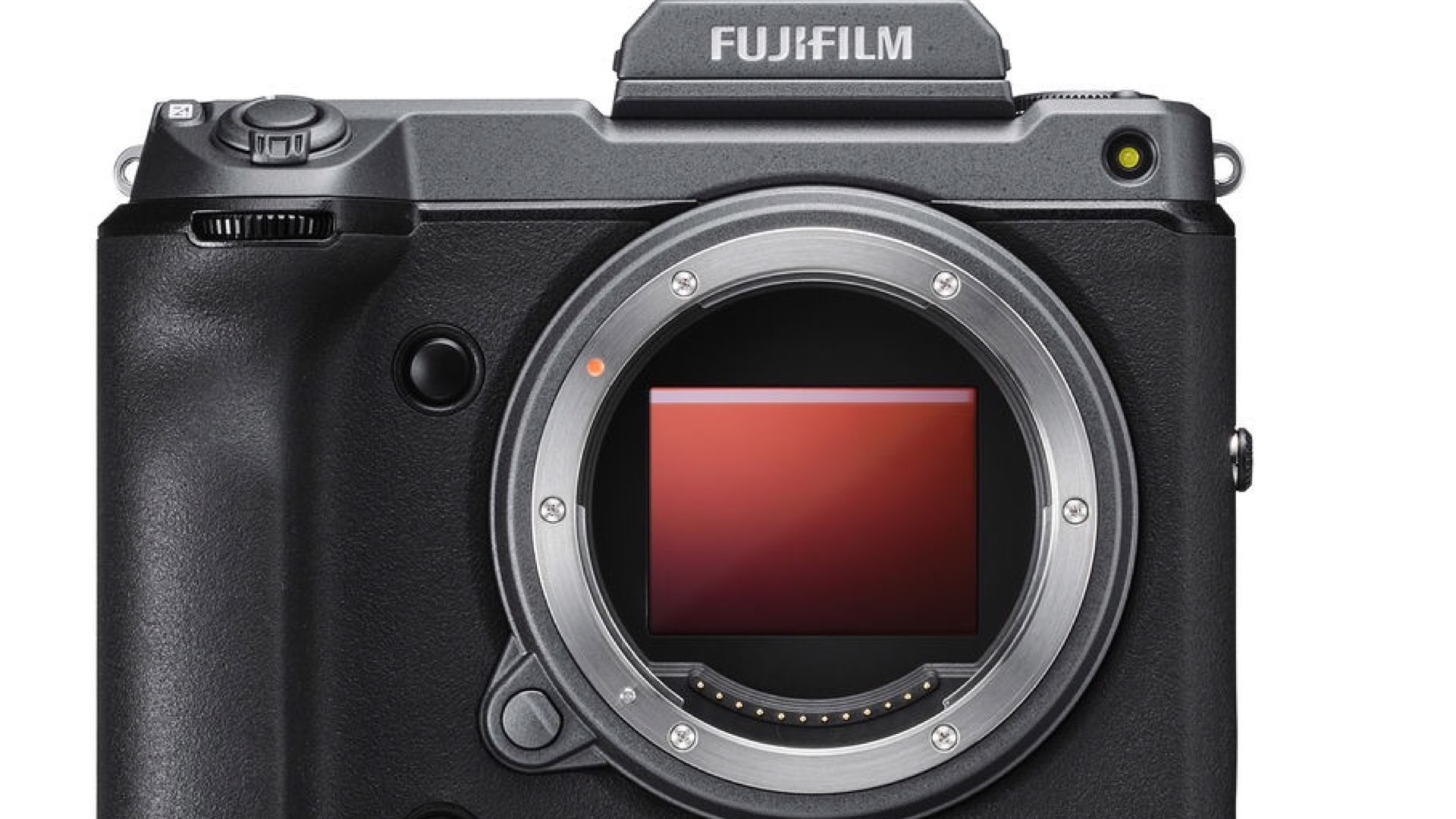
The race for the Medium format
Without a doubt, Medium Format is a hot jargon in modern cinematography, even hotter than 8K. The ability to capture light in a colossal sensor is truly a special privilege that grants a lot of unique cinematographic characteristics. As we cover this extensively, there are many advantages to shooting in large format. The Large Format (LF) has gained popularity among filmmakers due to its unique artistic characteristics, as mentioned below:
LF advantages
- Less noise derived from the larger number of photo sites.
- Shallower depth of field even when using longer lenses.
- For the same angle of view on LF vs. super 35 (assuming there is no change in the T- stop, shutter angle, and distance), you will have to use longer focal lenses, which makes faces look better due to compression. LF allows more visual compression (in general – depends on what you would like to achieve visually). You can get closer to your subject without distortion of the faces when using longer lenses.
- Larger field of view.
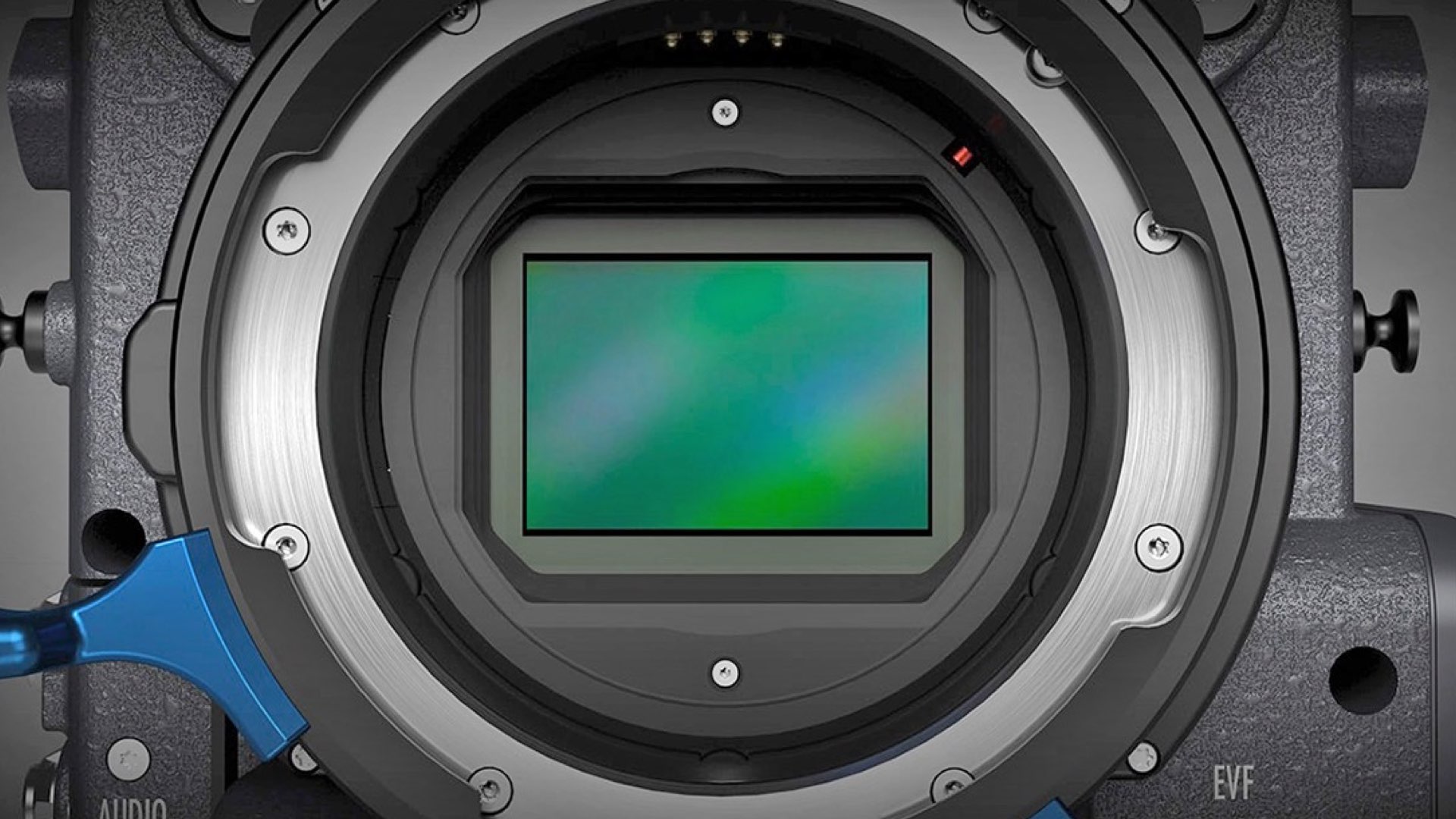
Medium Format is a hot jargon in modern cinematography, even hotter than 8K
Medium format: Technological challenges regarding video quality
All of these constitute significant cinematography advantages. However, there are technological challenges, mainly in the R&D phase, since the LF sensor demands more processing power because of extensive data accumulation and interpretation. It’s not easy to develop a large sensor digital camera, that also owns decent video capabilities. Take, for example, the medium format Hasselblad H6D-100c. Although the camera has an excellent picture quality, its video is far from being professional looking imagery. The Hasselblad H6D-100C has a lot of issues with its 4K RAW footage, which is far from being satisfying, especially when taking into consideration the price of the camera ($28,000). By the way, that’s why large format video cameras are so pricy (Monstro VV =$80,000, ALEXA LF = $98,000, Canon C700= $33,000), excluding the MAVO LF which disrupts the market with $11,900 super affordable price tag for large sensor cinema cameras.
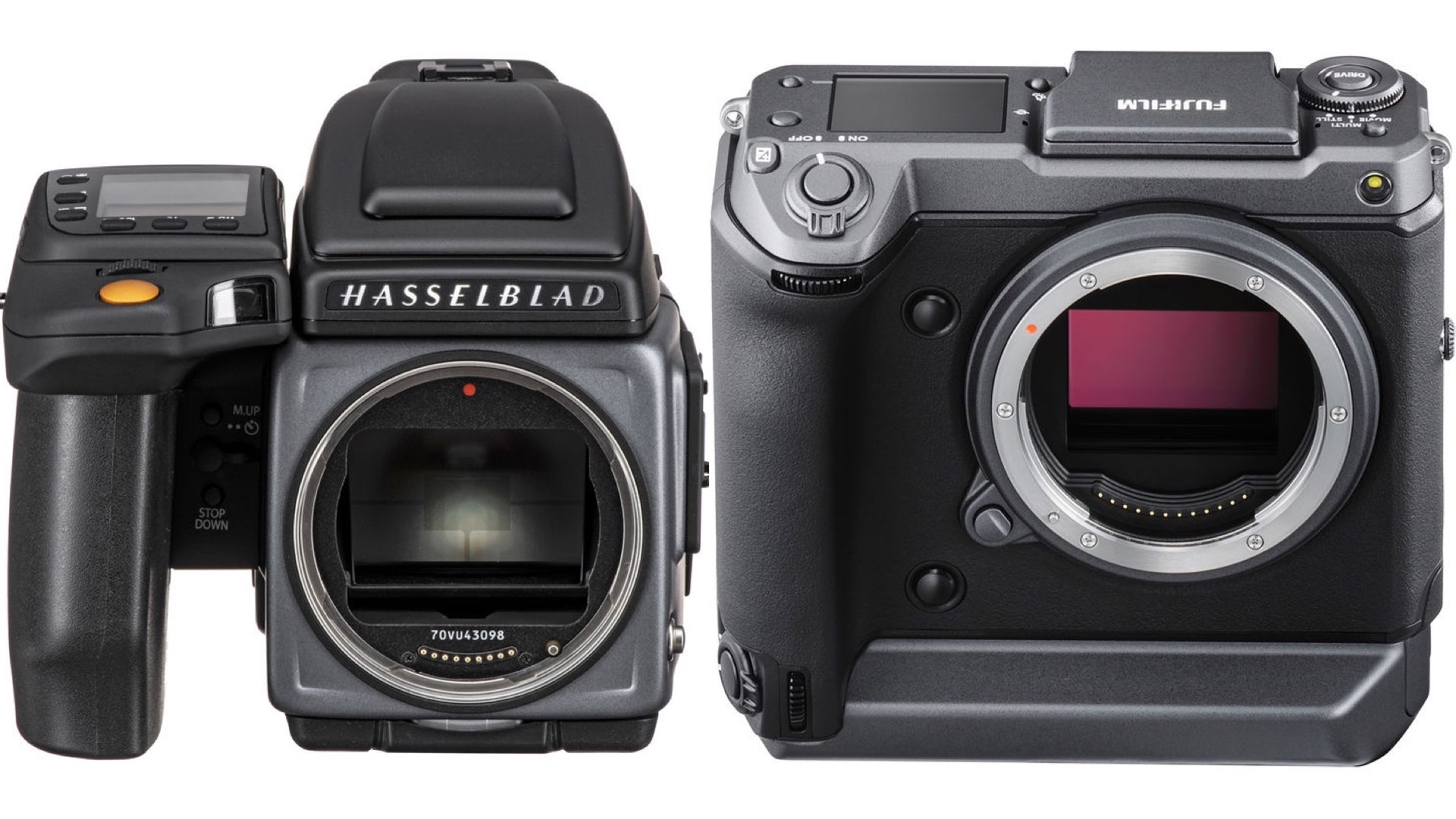
FUJIFILM GFX100: Large format (smaller than medium)
It’s important to note that the new FUJIFILM GFX100 is not precisely a medium format camera, but more like a large sensor camera. For comparison, ALEXA 65 has the largest sensor of all professional cinema cameras. The Hasselblad H6D-100c has a larger sensor than that. Just imagine Larger sensor than the ALEXA 65. It’s a 100 MegaPixel FF Medium sensor. That’s insane! Each RAW image is more than 200 MB. However, the dimensions of the Hasselblad H6D-100C sensor are 53mm X 40mm. The FUJIFILM GFX100 sensor sits in between this and Super 35 (look at the chart below). For comparison, WEAPON 8K VV MONSTRO sensor dimensions are 40.96 x 21.60, ALEXA LF Open Gate provides 36.70mm X 25.54mm, and ALEXA 65 sensor is 54.12mm X 25.58mm. The sensor of the FUJIFILM GFX100 is enormous, but it’s not big as the ALEXA 65 nor Hasselblad H6D-100c; thus it’s wouldn’t be correct to call it medium format sensor. It’s just a huge sensor.
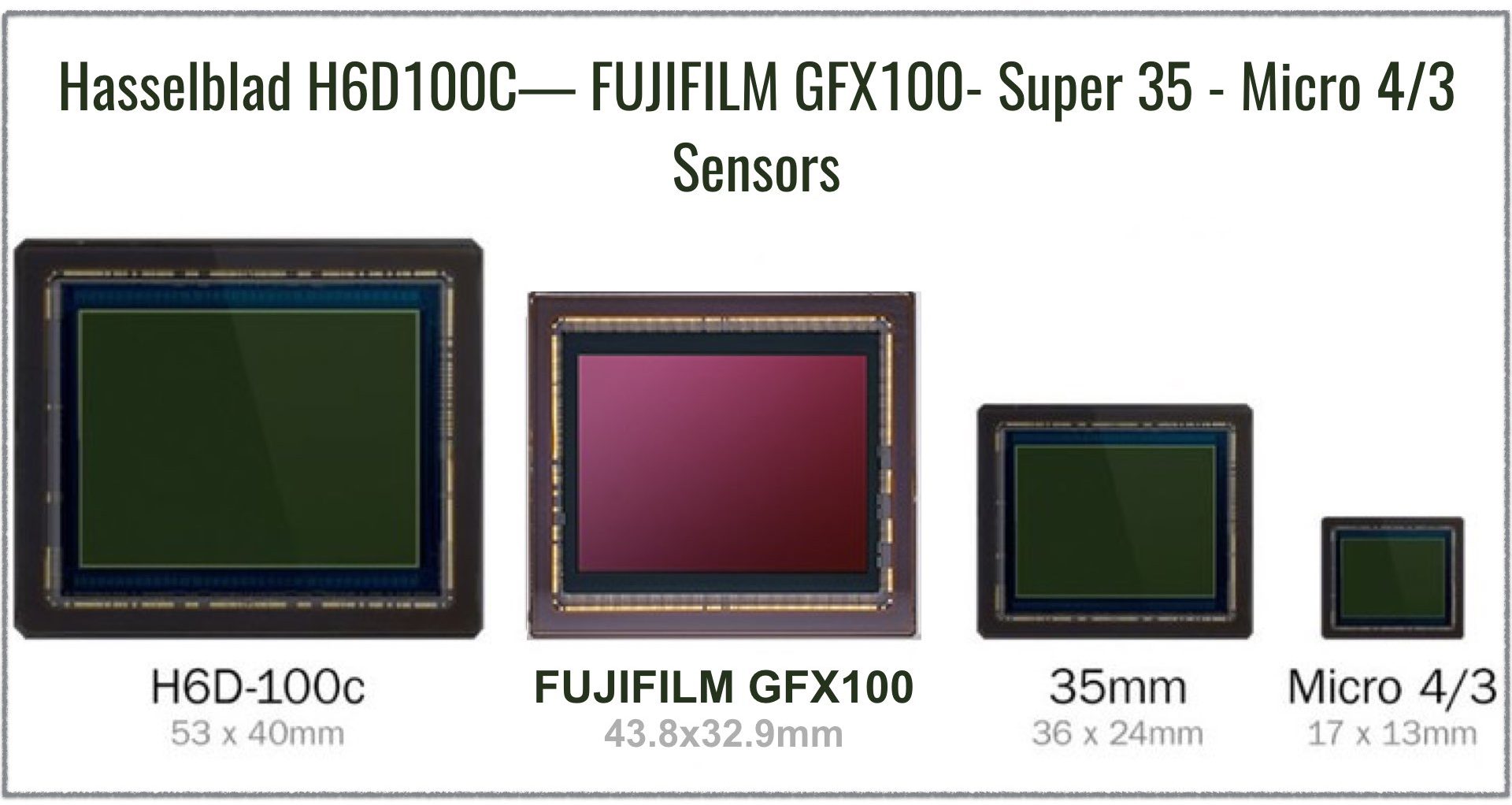
The sensor of the FUJIFILM GFX100 is enormous, but it’s not big as the ALEXA 65 nor Hasselblad H6D-100c; thus it’s wouldn’t be correct to call it medium format sensor
Weather resistant, IBIS and 4:2:2 externally
The title emphasizes the main features of the FUJIFILM GFX100. Reviewers report on an excellent IBIS (In body image stabilization) which works in conjunction with any lens, including non-stabilized ones. According to FUJIFILM, the built-in 5-axis sensor-shift image stabilization helps to minimize the appearance of camera shake by up to 5.5 stops.
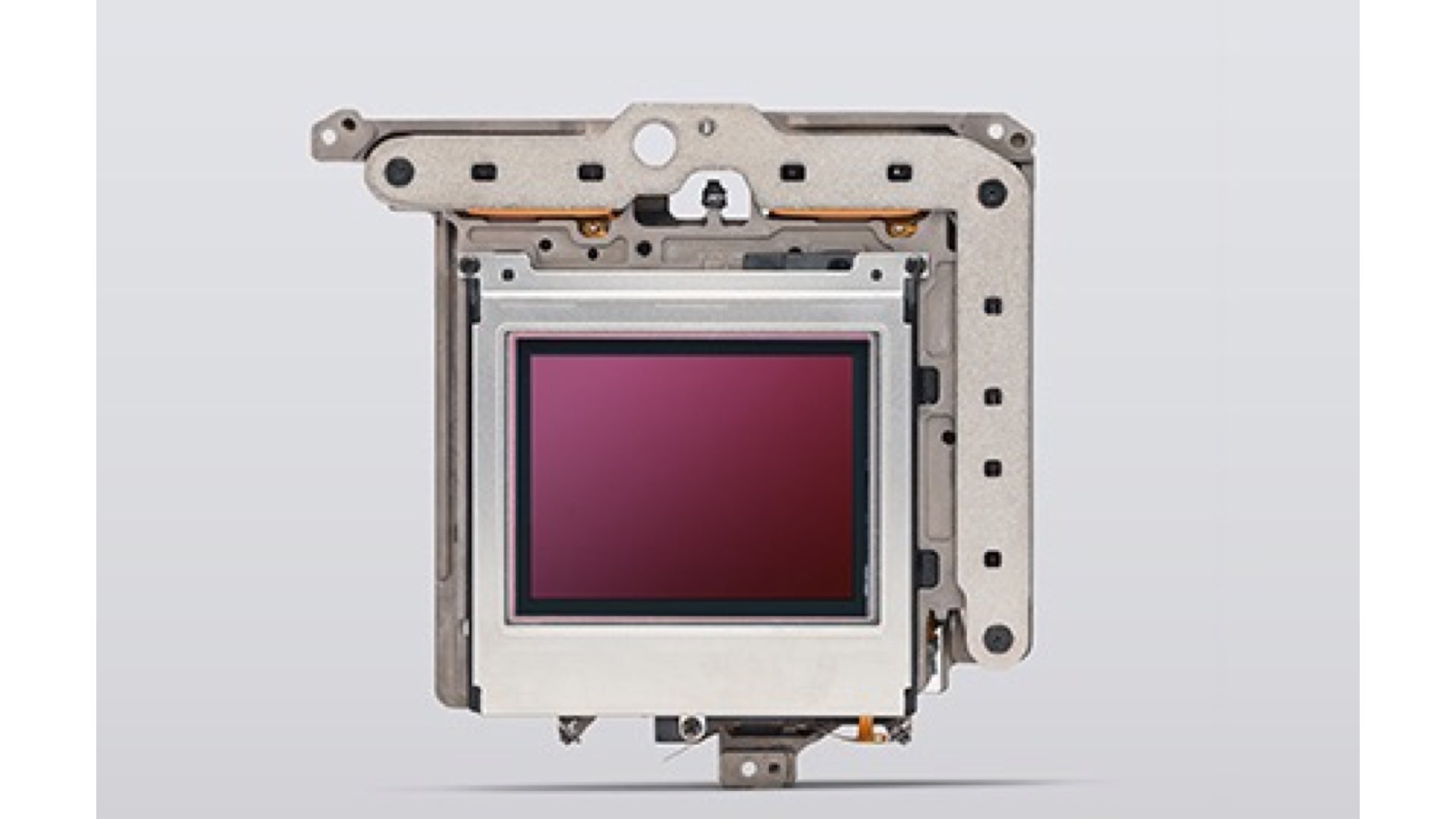
Also, the magnesium alloy body makes the camera lightweight, durable, and sealed in 95 places to render it weather- and dust-resistant.
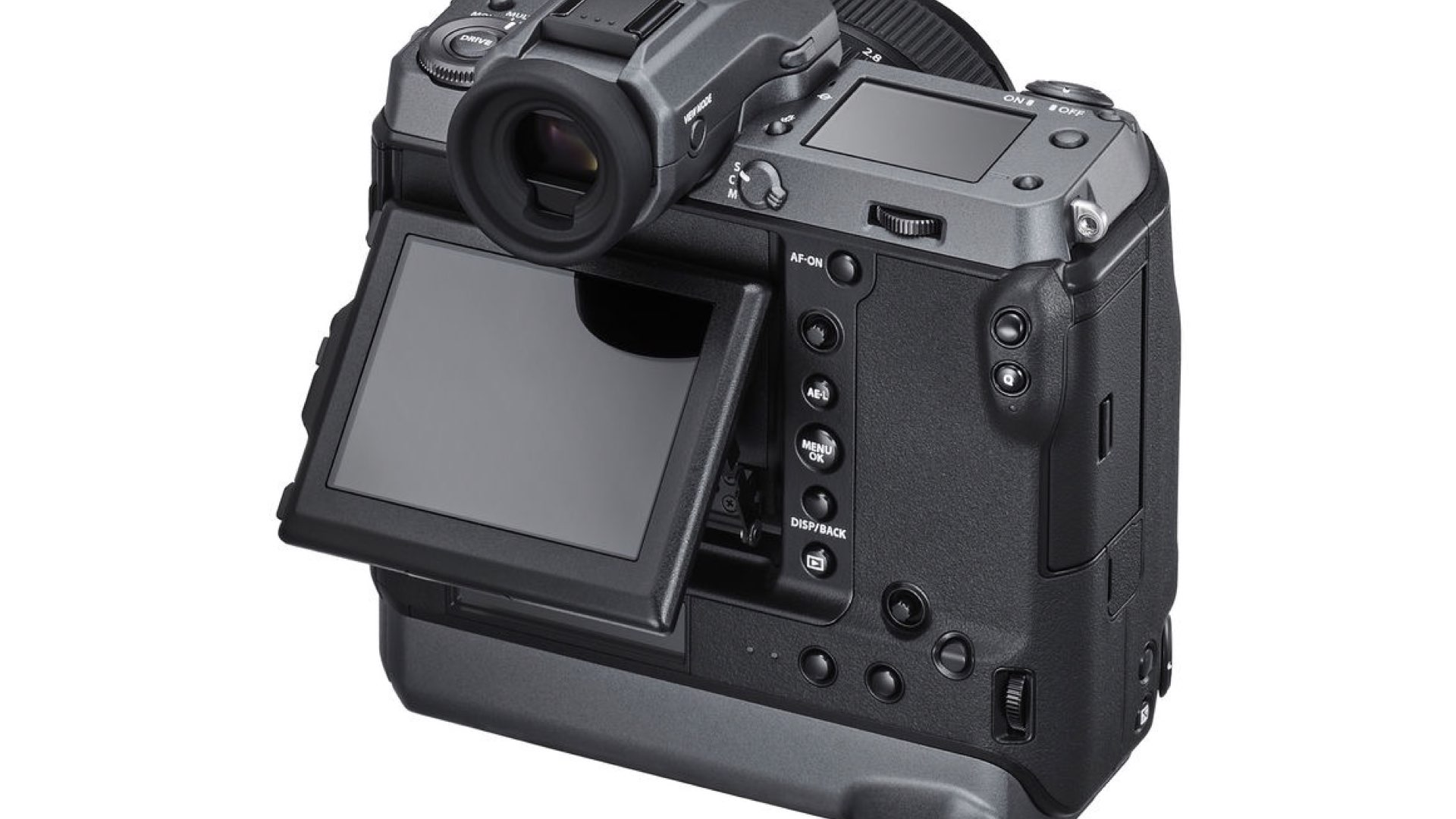
Video capabilities
The GFX100 is capable of internal UHD and DCI 4K30p video recording at up 4:2:0 10-bit, as well as 4K30p 4:2:2 10-bit via HDMI output, both at up to 400 Mb/s-and simultaneous external and internal recording is possible. In addition to the supported 10-bit color depth, the GFX 100 also includes the F-Log gamma setting, which provides a flat picture profile for use in advanced color grading software during editing. There is no RAW option, which means that the camera is less relevant for cinema applications. In my personal opinion, after seeing some sample footage, the quality is average and nothing beyond. It’s important to note that the sensor is not cropped in video mode, which is great.
There is no RAW option, which means that the camera is less relevant for cinema applications
Product Highlights
- 102MP 43.8 x 32.9mm BSI CMOS Sensor
- X-Processor 4 Image Processor
- Removable 5.76m-Dot OLED EVF
- 3.2″ 2.36m-Dot Tilting Touchscreen LCD
- DCI 4K30 Video; F-Log Gamma & 10-Bit Out – 5-Axis Sensor-Shift Image Stabilization
- 3.76m-Point Phase-Detection Autofocus – ISO 100-12800, Up to 5 fps Shooting
- 16-Bit Raw Output, Multi-Aspect Ratios
- Built-In Battery Grip, 2 x SD Card Slots
Price and availability
The FUJIFILM GFX100 is not cheap, but it’s the most affordable large sensor camera out-there. The camera costs $10,000 and can be preordered on B&H.

Final thoughts
Cameras like this are great inventions, or should I say initiatives. Camera manufacture should focus on developing larger sensors than higher resolutions. Nevertheless, it seems that the FUJIFILM GFX100 was not meant for cinema applications since the lack of RAW and average imagery. It’s a powerful large sensor stills camera with some options to make videos (just like the Hasselblad H6D-100c). I would wait for price reduction and RAW/improved video capabilities.
What are your insights regarding the FUJIFILM GFX100? Would you expect to get higher video capabilities in the next firmware update? Let’s know in the comments section below.

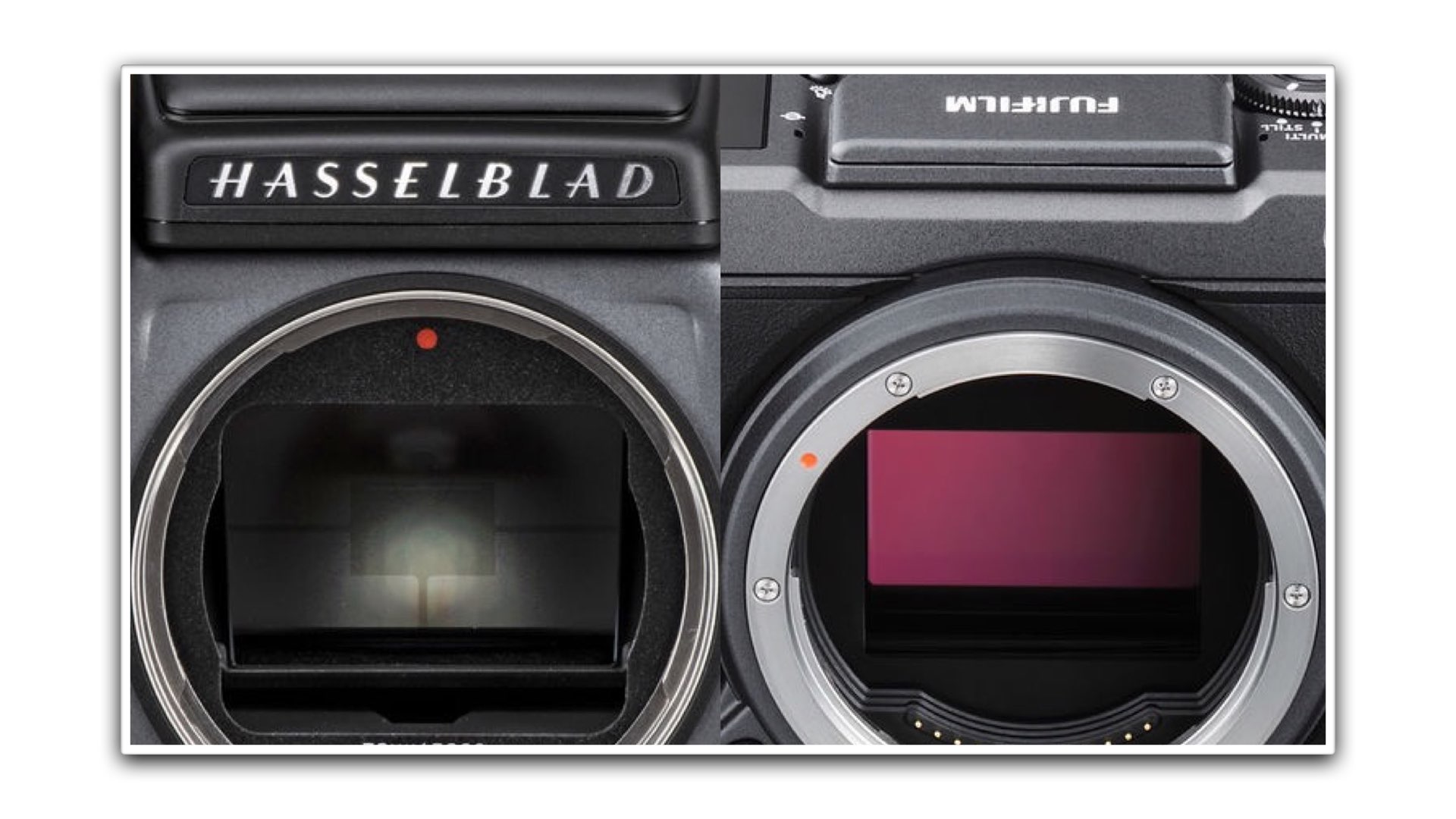
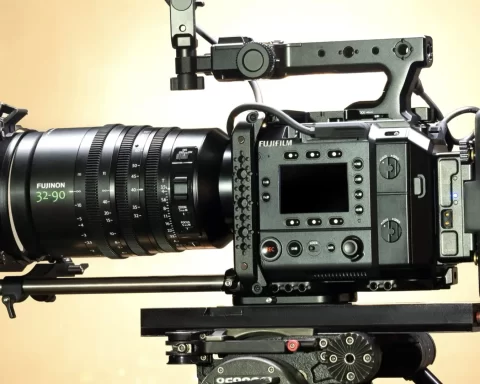

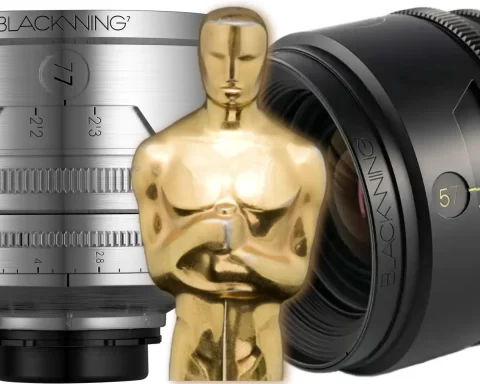
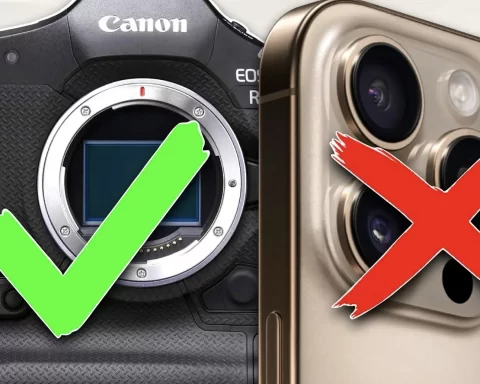
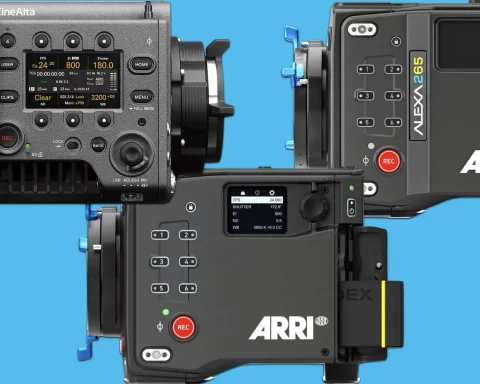


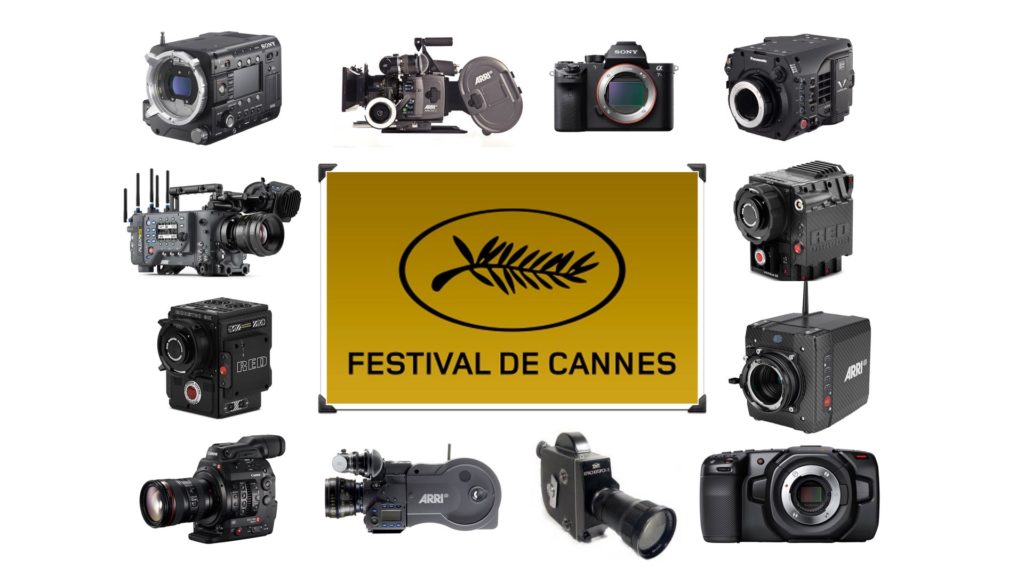
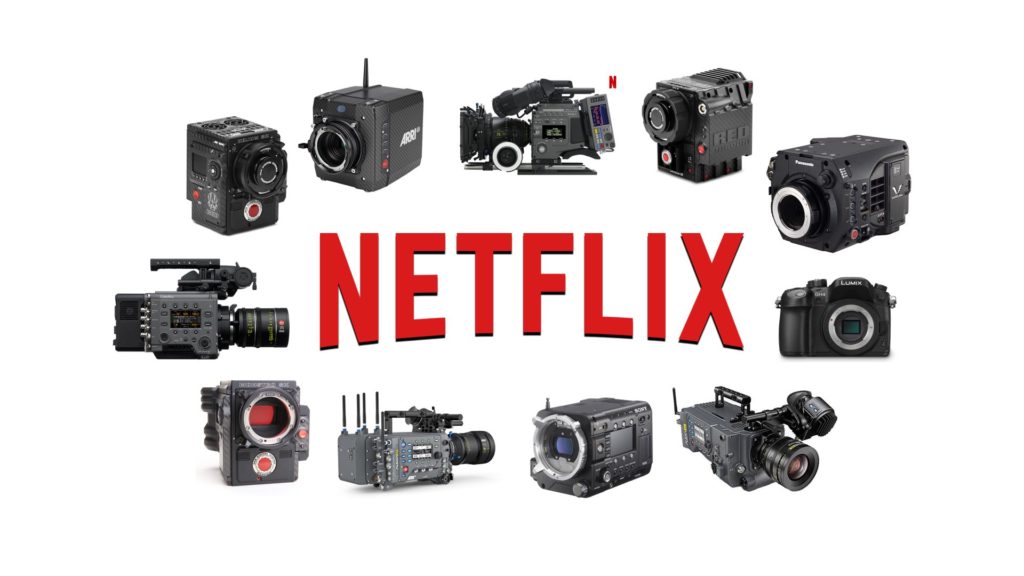
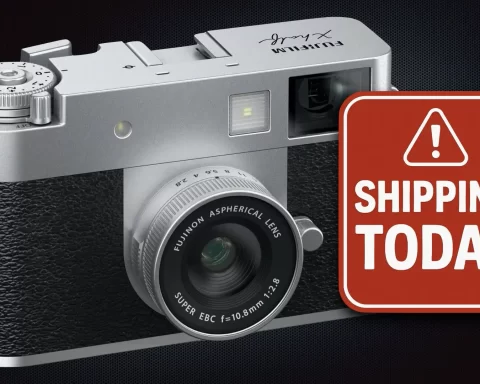
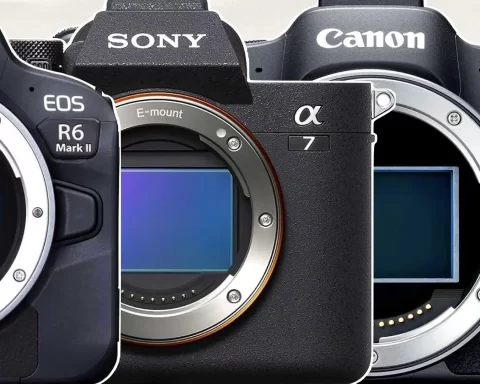
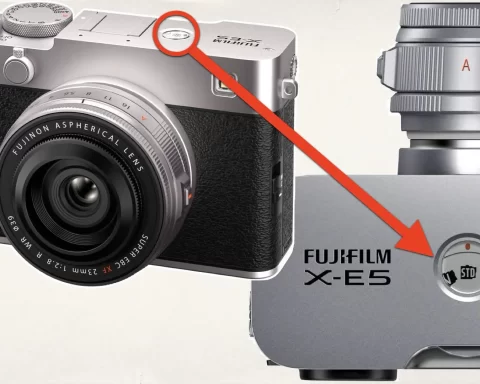
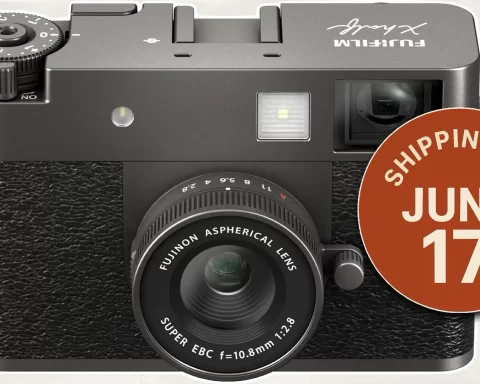
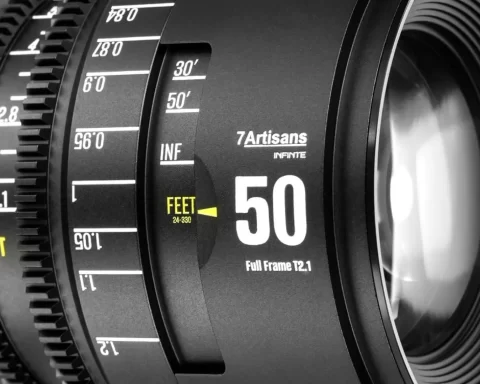

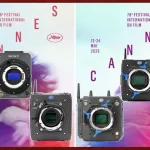
Bonsoir oui je rêve d’un moyen format photo qui fait de la vidéo pour renouer avec le format vidéo 65mm ! Un peu comme le fait panasonic avec son s1h pour les dslr. Faite nous rêver messieurs les fabricants Mb.